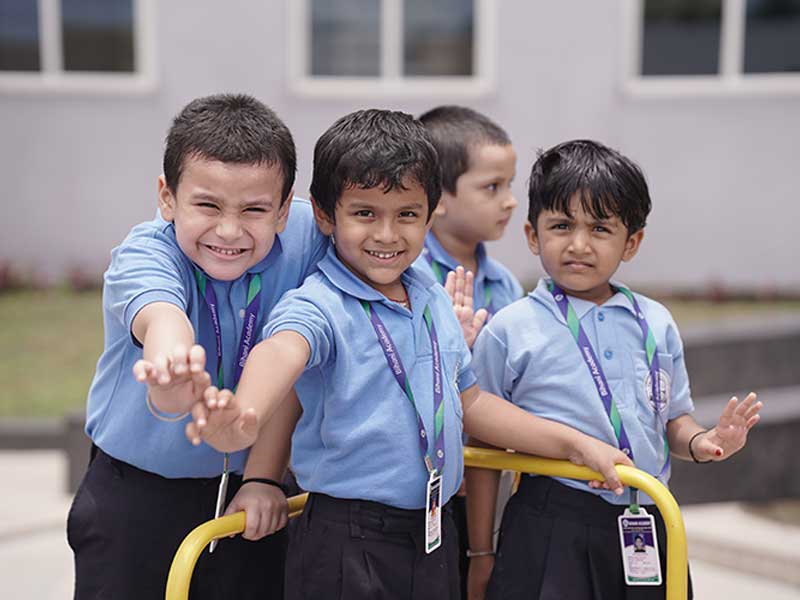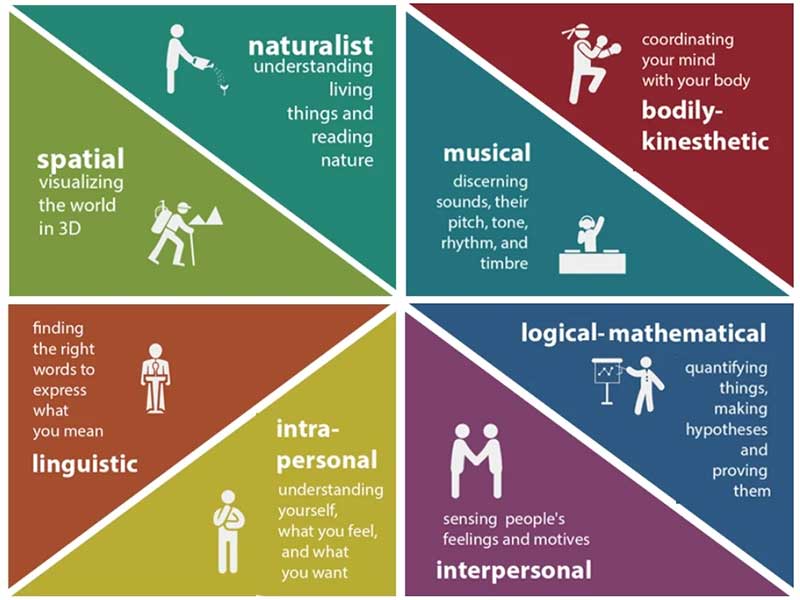Admissions open for academic calendar year 2026-2027 for Classes Nursery - XII. Contact school office at +91 33 3535 3535
Curriculum
Bihani Academy follows the curriculum prescribed by The Central Board of Secondary Education (CBSE) and National Council of Education Research and Training (NCERT). It is one of the premium international standard CBSE board schools in South Kolkata
At Bihani Academy, education is not just about gaining knowledge in mathematics, language, science and Social Science but more about identifying and developing awareness about one’s self and the world around us. The course outline is a judicious mix of rich Indian culture with the best learning methodologies from around the world, ensuring all round education and creating a zest for learning in the very lap of nature, away from the commotion and pollution of the city.
The curriculum is designed to develop the passion for learning among students, shaping their character and preparing them for further education. It will also shape their career aspirations, readiness to take on the responsibilities of an adult and a citizen, and their ability to overcome challenges in life and be successful in their own way.
Presently, there are classes from Kindergarten (starting at Age 3 onwards) to Standard XII. During the Secondary School education years, we concentrate on an Education that Develops a Broad Range of Skills for Life. We believe in developing each child into a Lifelong Leaner, an inspiring Leader, a confident Global citizen and above all AN ACHEIVER!
The school aims to impart important soft skills to its students such as right attitude, aptitude for continual learning, specific behavioral skills and encourages innovative thinking. The broader aim is to bring out the hidden potential of every individual child so that they can fulfill their ambitions and goals in life.
Bihani Academy follows the curriculum prescribed by National Council for Education Research and Training (NCERT). We are affiliated to the Central Board of Secondary Education (CBSE).
Child Modulation Techniques
- Designing of a practical curriculum that promotes all-round development of the child with proper values
- Use of modern multimedia and technology aided learning techniques to excel in academics
- Regular yoga and meditation classes at the beginning of every day to integrate body, mind and soul to create a harmonious learning environment
- Introduction of co-curricular activities like dance, music and martial arts in addition to games, sports and gymnastics to boost their physical growth and latent energy
- Organize cultural events and healthy competition at regular intervals to express their creativity and sharpen their competitive spirit


Multiple Intelligence Theory
- Each person possesses 8 different kinds of intelligences - linguistic; logical; spatial; bodily-kinesthetic; musical; interpersonal; intrapersonal and naturalistic - Each one is unique in itself
- Most people can develop each intelligence to an adequate level of competency - Excel in one’s own discipline
- Intelligences usually work together in complex ways - Cultivate capabilities and talents
- There are many ways to be intelligent in each category - Approach a concept, subject matter or discipline in a variety of ways
- Student-teacher interaction in the form of discussions (questions and answers etc.)
- One Multiple Intelligence is not superior to another - Equal importance is given to every intelligence
- Depends on environment and opportunity - Believe that Multiple Intelligence provides many windows into the same room
Teaching Methodology
| CLASS I |
|
| CLASS II - III |
|
| CLASS IV - VI |
|